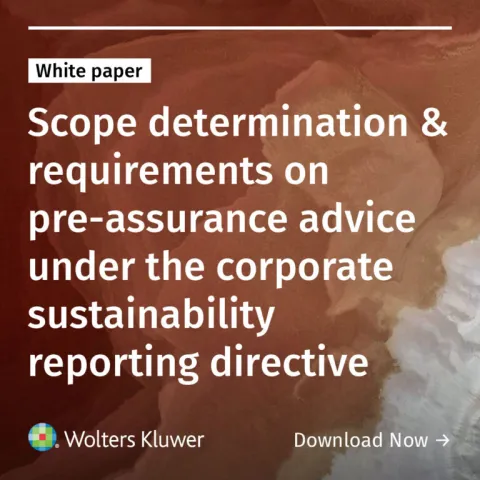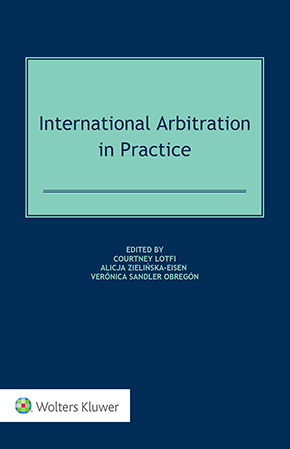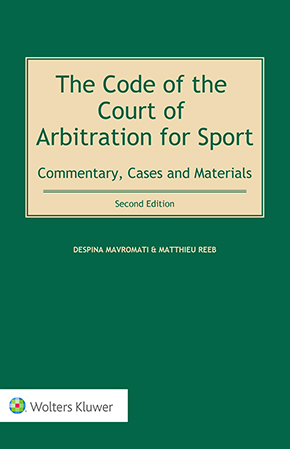Early Production of Evidence in Arbitration: A Pragmatic Shortcut? Lessons from Brazil
October 8, 2025
After the Brazilian Superior Court held that arbitrators—not courts—shall hear requests for early production of evidence in non-urgent claims covered by an arbitration agreement, several leading arbitration institutions in Brazil (with the notable exception of the ICC) have introduced new rules on the matter.
These new rules allow a party to initiate a standalone, simplified, and expedited arbitration proceeding to compel another party to produce evidence if (i) the evidence could lead to the settlement of a potential claim, or (ii) it could dissuade or motivate the requesting party to pursue a potential claim (the CAM-CCBC rules are available in English here; and the FIESP-CIESP and AMCHAM Rules are available in Portuguese only here and here). In either case, the requesting party is not required to prove urgency. Proceedings are expected to last no more than six months and will be conducted by a sole arbitrator appointed by the institution, unless the parties expressly agree otherwise. Two Kluwer Blog articles addressed some of these rules in detail here and here.
Brazilian arbitration practitioners have largely welcomed the new rules, anticipating that they will help prevent disputes or improve efficiency of arbitration. For this mechanism to function as intended, however, parties must be properly incentivized to use them as a pragmatic and efficient fact-finding tool rather than as a means for speculative or abusive discovery. The section below highlights two key considerations to help ensure the mechanism is applied appropriately.
The Standards for the Early Production of Evidence
The early production of evidence is subject to at least three admissibility checks—each one crucial to making sure this mechanism is not misused.
As a first step, the requesting party must prove that a potential claim exists. The early production of evidence is intended to facilitate settlements or assist a party in deciding whether to pursue a claim. To prevent misuse of the procedure, the alleged claim must be credible—not merely speculative.
With that in mind, requesting parties that submit documents in their possession that reasonably support the existence of a potential claim are more likely to succeed. The evidentiary threshold may vary depending on the nature of the dispute and the extent to which the requesting party can substantiate its claim on a prima facie basis.
Second, once a potential claim has been established, the arbitrator must determine whether it falls within the scope of the arbitration agreement. As with any dispute submitted to arbitration, the wording of the agreement is decisive. If the potential claim lies outside its scope, the arbitrator lacks jurisdiction to hear the request for early production of evidence and must dismiss it.
Third, once the requesting party has demonstrated that a potential claim exists and that it falls within the scope of an arbitration agreement, it must meet the applicable standards for evidence production. These standards ordinarily should be no less rigorous than those typically applied in conventional arbitrations proceedings, for two main reasons.
One, applying a lower standard would incentivize parties to initiate early production proceedings solely to gather as much evidence as possible, even when they already possess sufficient material to substantiate their claim. Such behavior would undermine procedural efficiency and contradict the intended purpose of this mechanism, which is to avoid or streamline arbitration disputes rather than inflate them.
Two, a relaxed evidentiary standard could compromise the principle of equal treatment of the parties. If one party is compelled to produce evidence early but it does not submit counter-requests, and it is not afforded an equal standard to obtain documents later in the main arbitration, procedural fairness is disrupted. Equal treatment is a cornerstone of due process. Any deviation risks not only unfairness but also inefficiency. To be effective, the rules governing the early production of evidence must be interpreted in harmony with the core principles that guide evidence production in main arbitration proceedings.
While arbitral tribunals enjoy broad discretion in handling evidence production, they typically rely on pragmatic and well-established standards. Tribunals often apply or follow the framework set forth in the IBA Rules on the Taking of Evidence in International Arbitration, which require, inter alia, that the requesting party demonstrate both the relevance of the evidence and its potential impact on the outcome of the case (see Queen Mary 2012 International Arbitration Survey: Current and Preferred Practices in the Arbitral Process, pp. 24-25. A previous Kluwer Blog post commented on the IBA Rules on the Taking of Evidence in International Arbitration here). Sometimes, and depending on the case, arbitral tribunals may also consider the law of the seat and/or the substantive law governing the merits of the dispute. These same considerations may guide decisions in early evidence production. To support such a request, the party must clearly identify the specific documents or information sought and articulate why they are relevant and prima facie material to the potential claim.
Arbitrators may also consider any specific legal or contractual requirements applicable to the potential claim. For example, in shareholders’ disputes, Brazilian corporate law imposes conditions on minority shareholders seeking access to a company’s books and records. Additional material or procedural requirements may also be set out in the shareholders’ agreement. If such statutory or contractual conditions are disregarded during early evidence production, the requesting party may gain access to documents that it would not otherwise be entitled to.
Lastly, as in standard arbitration proceedings, the usual defenses against document production—such as legal impediment, confidentiality, privilege, or undue burden—fully apply to early evidence requests. Crucially, the right to seek early production must be weighed against the burden imposed on the opposing party, in light of core principles such as procedural economy, proportionality, fairness, and equality of arms. In evaluating such requests, arbitrators should assess not only whether the evidence is relevant and prima facie material to the potential claim, but also whether alternative means exist to obtain the same information or whether less burdensome options are available to the producing party.
Allocation of Arbitration Costs
Existing rules on early production of evidence do not establish a uniform standard regarding the categories of costs that arbitrators may allocate between the parties. For example, under the CAM-CCBC and CIESP-FIESP rules, arbitrators may allocate costs associated with the proceeding but are expressly barred from awarding legal fees (see CAM-CCBC Rules on Early Production of Evidence, Article 12, sole Paragraph. CIESP-FIESP Rules on Early Production of Evidence, Article 3.4). The CIESP-FIESP rules also expressly prohibit the allocation of any other expenses incurred by the parties, such as expenses related to document review platforms, experts fees, witness preparation, or internal resources devoted to the case.
Traditionally, the allocation of parties’ costs has served as a mechanism to promote cost-efficiency and enhance the overall effectiveness of arbitration proceedings. Most arbitration rules permit the recovery of costs directly incurred by the parties—including legal fees—and some establish a rebuttable presumption that the prevailing party may recover all such costs (see, e.g., ICC Arbitration Rules, Article 38; SIAC Arbitration Rules, Article 58.1; LCIA Arbitration Rules, Article 28.4; UNCITRAL Arbitration Rules, Article 42).
As mentioned above, the process for early production of evidence is expedited and simplified, typically conducted by a sole arbitrator and expected to conclude within six months. As a result, the costs incurred in these proceedings are significantly lower than those associated with initiating a full arbitration. This cost-efficient structure incentivizes parties to use the mechanism for targeted evidence gathering, but it may also have unintended consequences. By preventing arbitrators from reasonably allocating legal representation fees—which often constitute the bulk of party’s expenses—arbitration rules may inadvertently reduce the financial risk for parties engaging in fishing expeditions.
To mitigate this risk, parties may consider including in their arbitration agreement a provision expressly authorizing arbitrators to order reimbursement of all costs incurred in early evidence production proceedings, including legal fees. Such provision is likely to discourage abusive use of the mechanism.
Conclusion
The early production of evidence in arbitration disputes can be an effective tool to enhance efficiency, promote settlements, and guide parties in their strategic litigation decisions. However, it must be used judiciously. Success depends on the careful application of admissibility standards, the preservation of procedural fairness, and the establishment of appropriate cost allocation mechanisms. Arbitration institutions and practitioners must remain vigilant to ensure that this mechanism serves as a pragmatic shortcut to dispute resolution, not as a vehicle for speculative or abusive discovery.
*The publication represents only the authors' views and not necessarily the views of the firm or any of its clients.
You may also like










